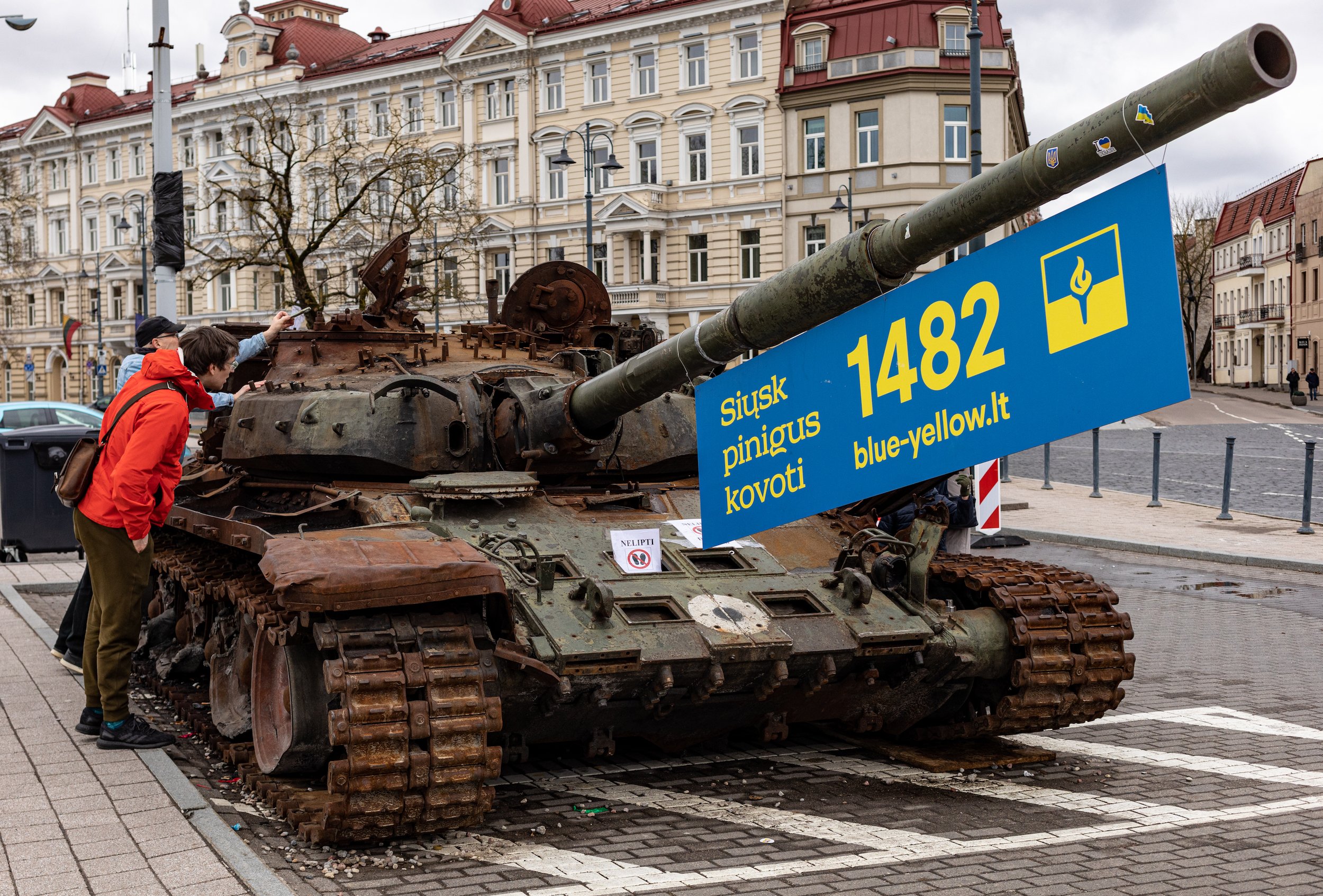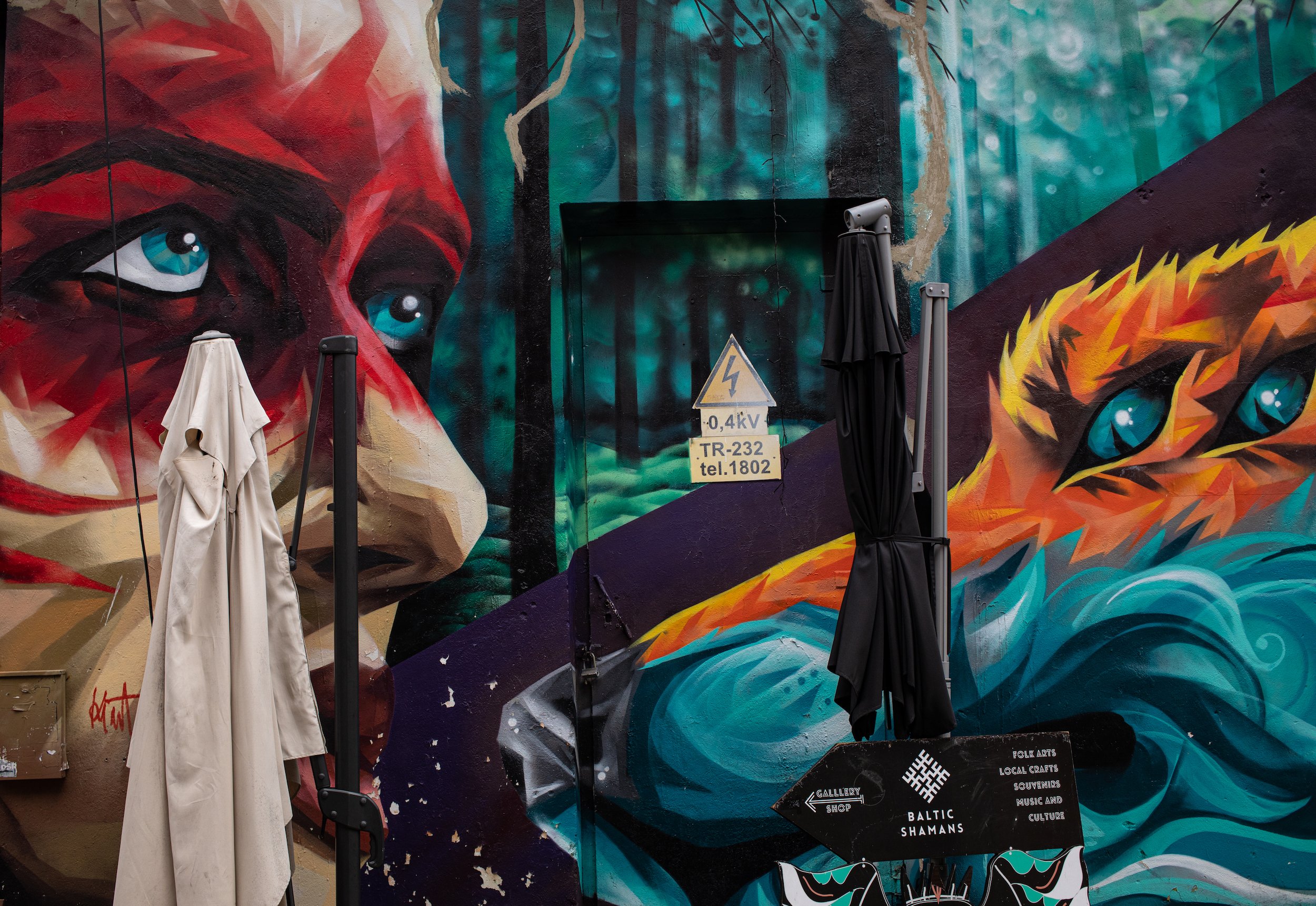Vilnius
Lithuania’s capital has the largest medieval old town in central and eastern Europe - a cobbled labyrinth of parks, squares, bars and restaurants, along with a dazzling array of neoclassical and baroque churches. The cathedral is the city’s central landmark, dominating the main square with its separate bell tower.
More intriguingly, the old town is also home to the ‘Republic of Uzupis’ - a bohemian enclave of artists who took satire and performance art to a whole new level by declaring independence back in 1997 (complete with their own president, flag and constitution).
700 years after it was founded by Gediminas, Grand Duke of Lithuania, Vilnius is now one of the most cosmopolitan and tourist friendly cities in Europe - and though most people speak English there is a certain pride in the fact that Lithuanian itself is the oldest surviving Indo European language.
Despite the material progress, however, the war in Ukraine has cast a giant shadow. As with the country’s Baltic neighbours, Latvia and Estonia, Lithuania has long and bitter memories of its subjugation under Soviet rule - with the Ukrainian flags flying from hotels and civic buildings serving as a daily reminder of the country’s solidarity with that embattled land. When the Ukrainians donated a disabled Russian tank for display in Vilnius’s Cathedral Square it became both a symbol and a focal point for Lithuanian support.















